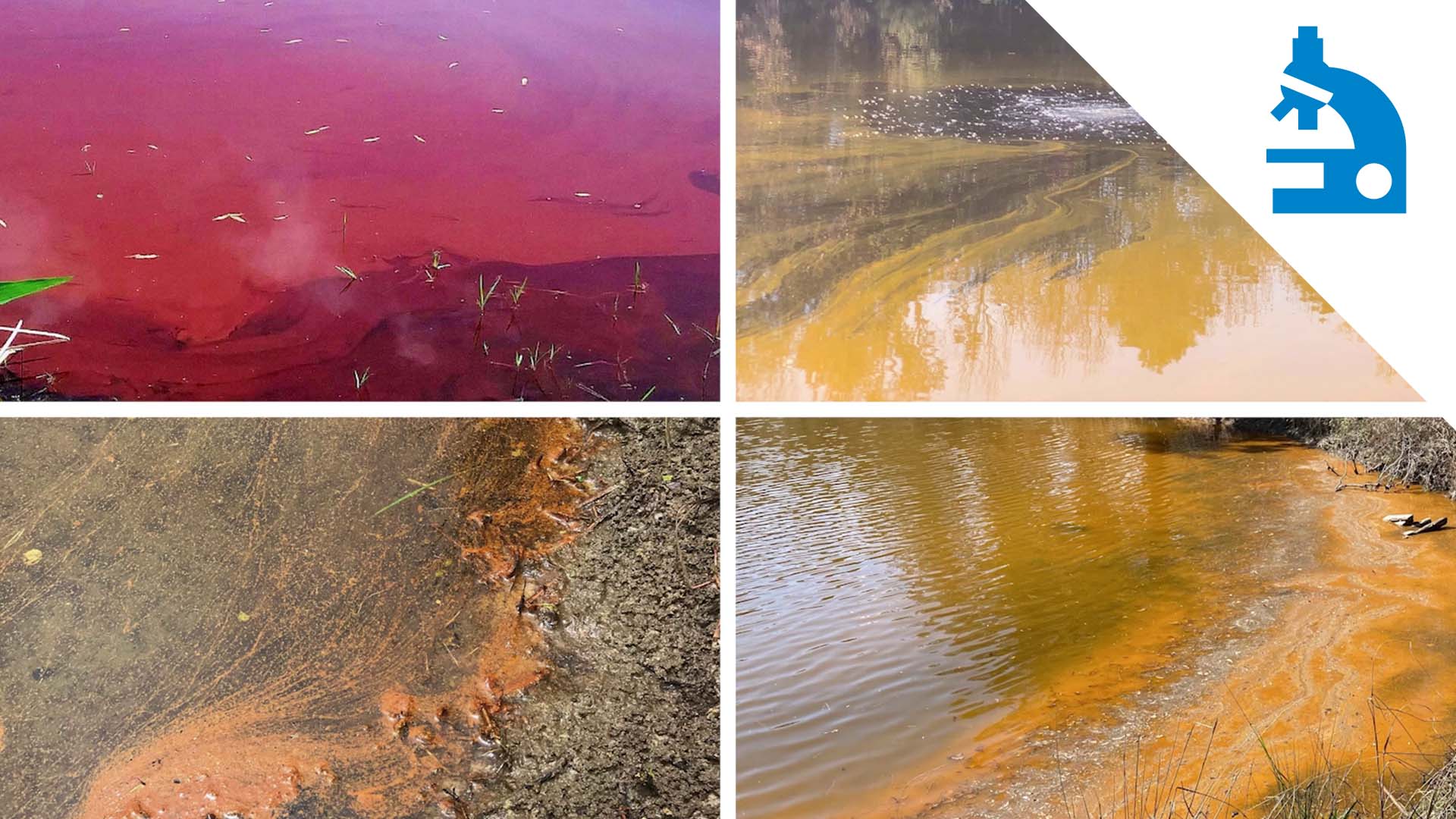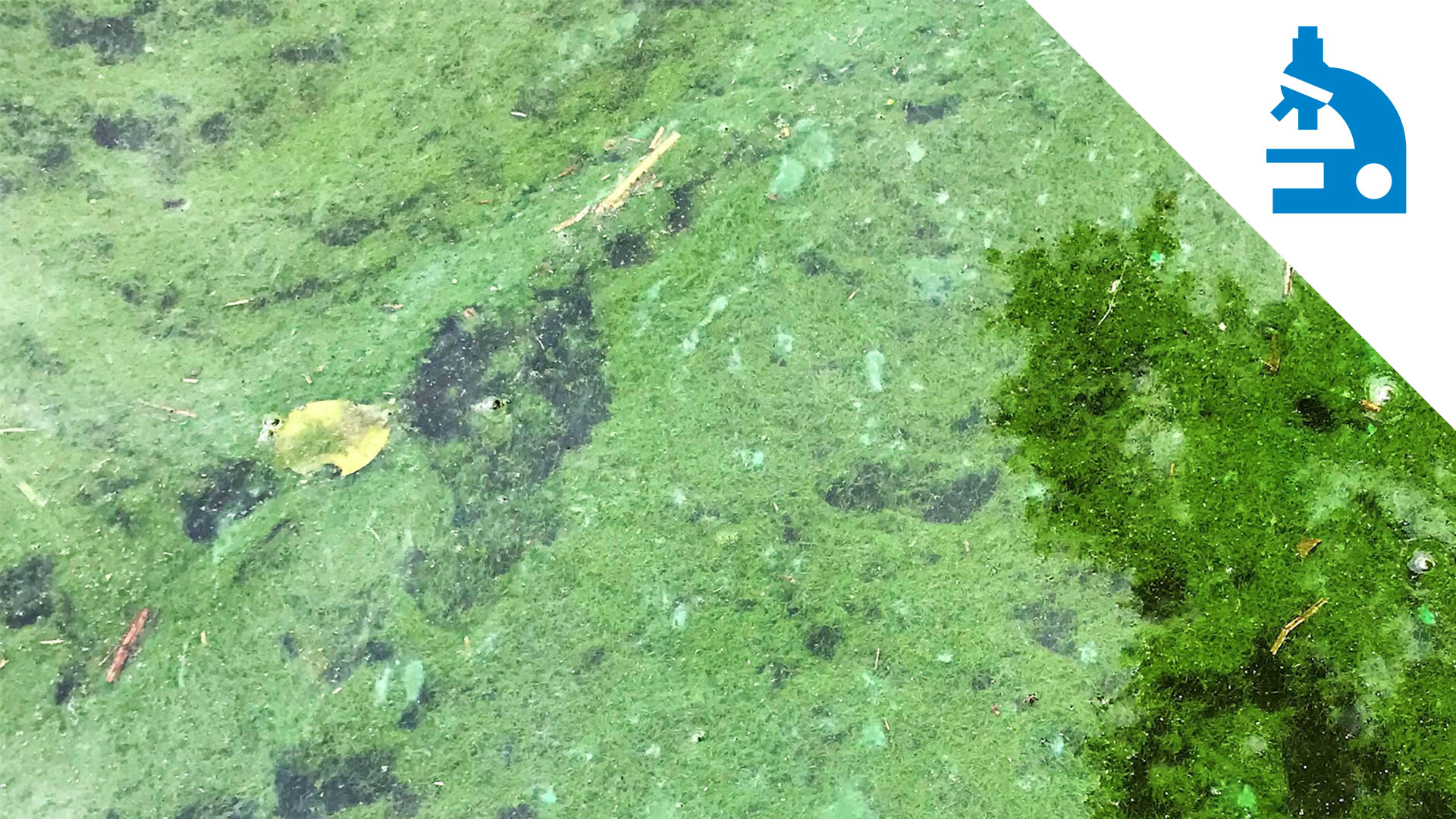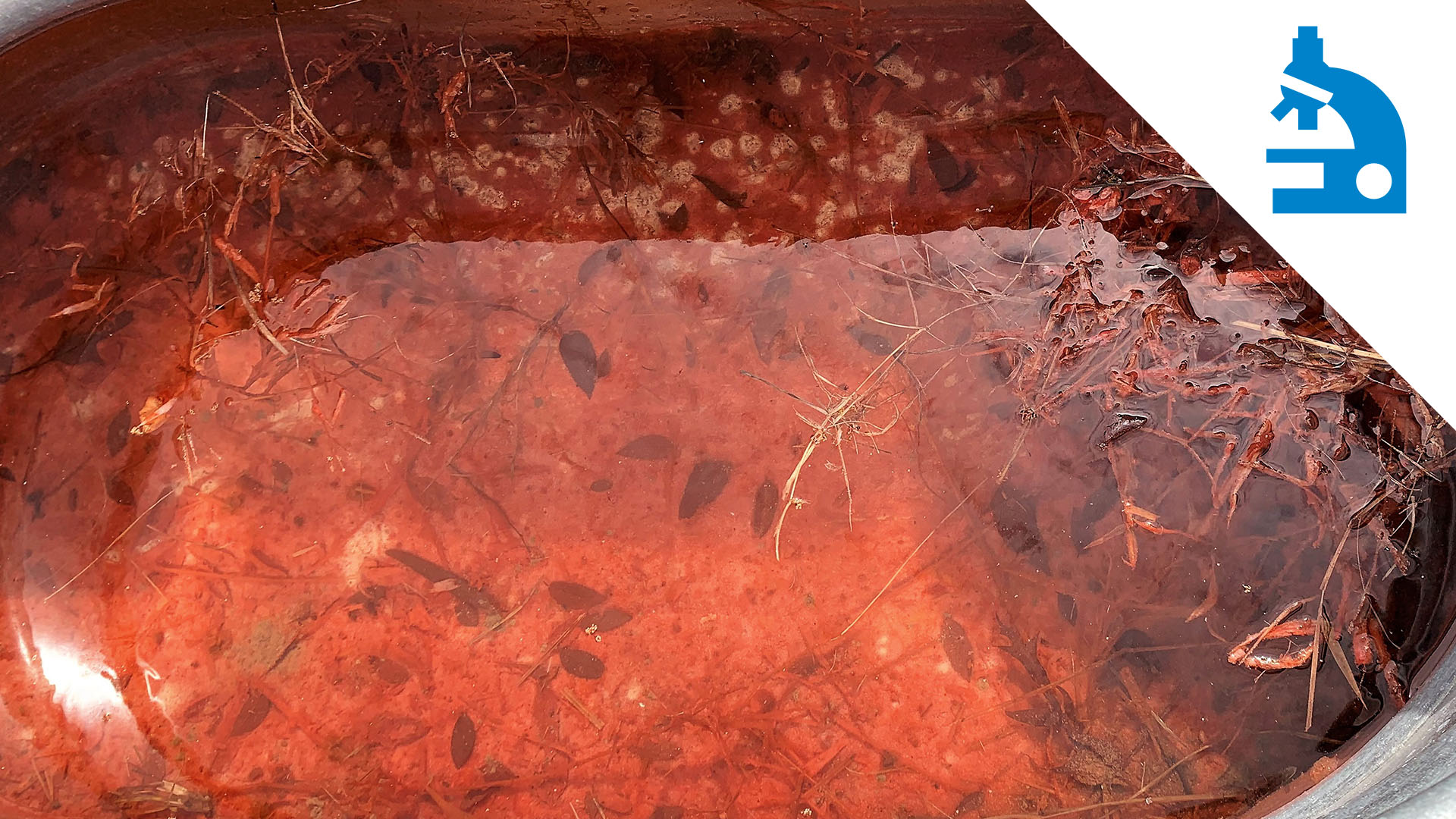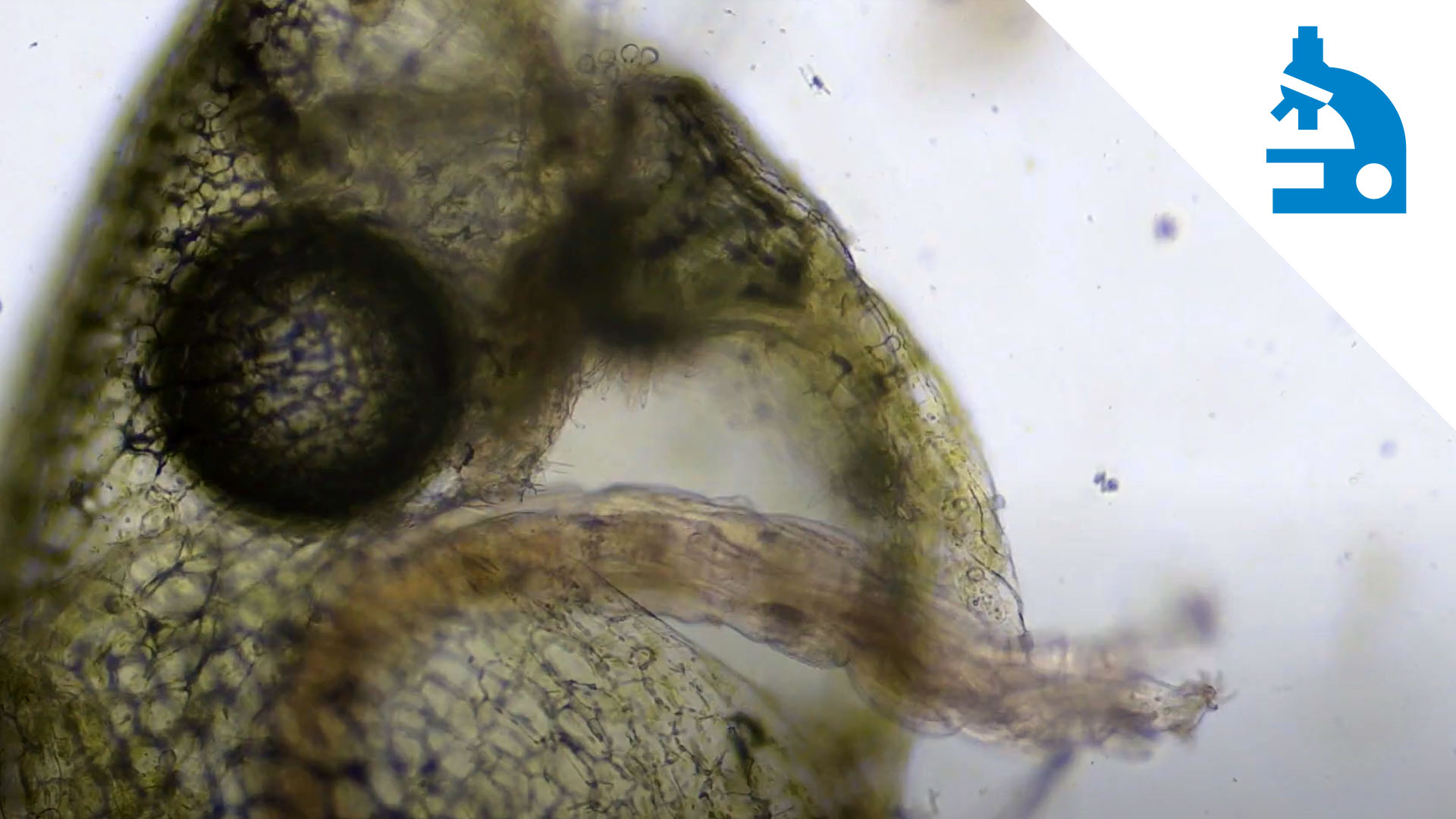Algae Corner: "What Is It?" - Witch's Jelly / Nostoc
Welcome back to another exciting episode of "Algae Corner!" In today’s “what is it?” episode, we're talking about Witch’s Jelly, also known as Nostoc. This is a really cool species that has a lot of nicknames, like Star Jelly and Star Spittle, Troll's Butter, Witch's Butter… it has more nicknames than you can count, but it's really neat.
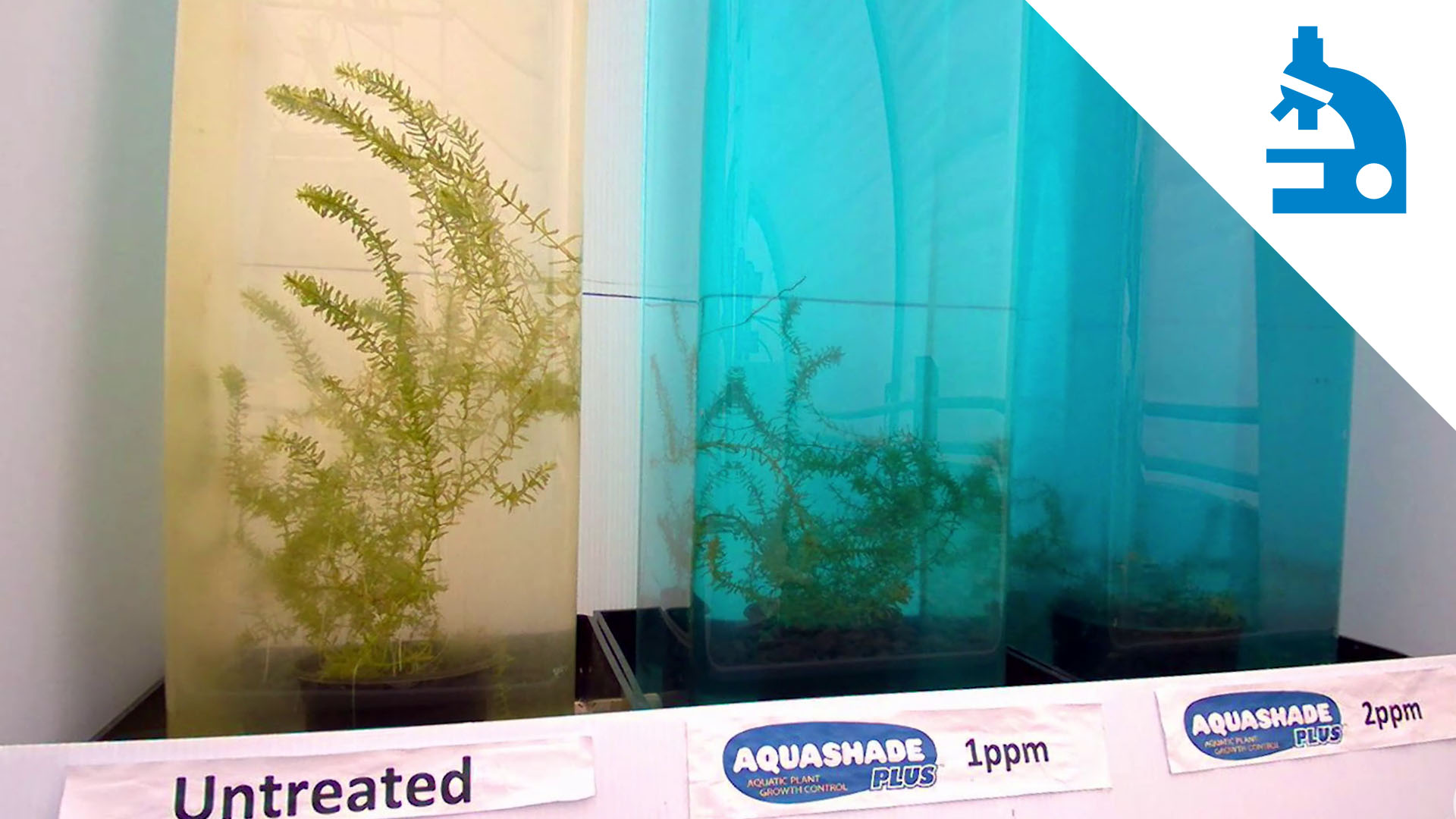
Aquashade Mini-Series: Give Your Algae the Blues
Want to get Algae Corner Updates? Get the latest news by subscribing to our channel:
A Chain of “Jelly Balls”
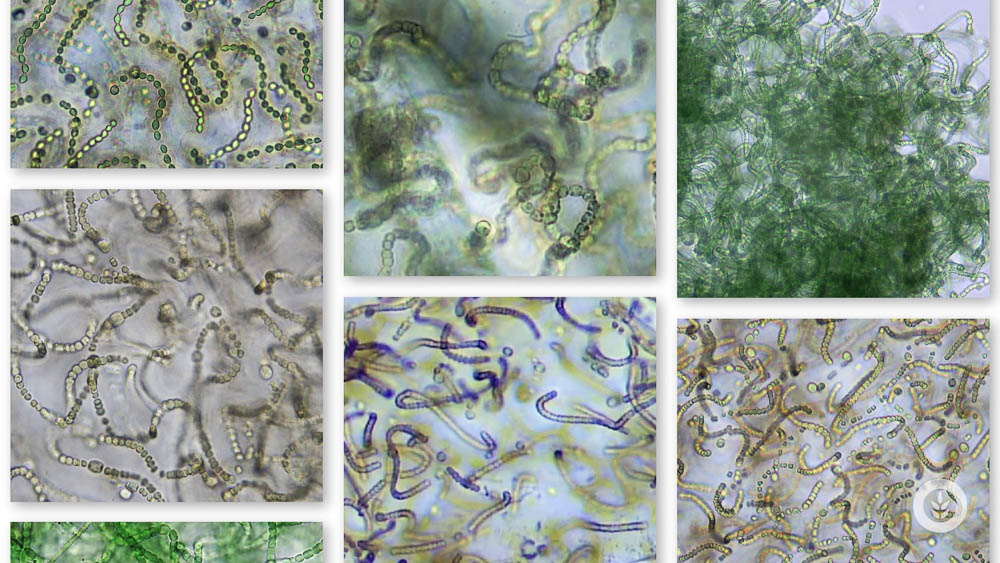
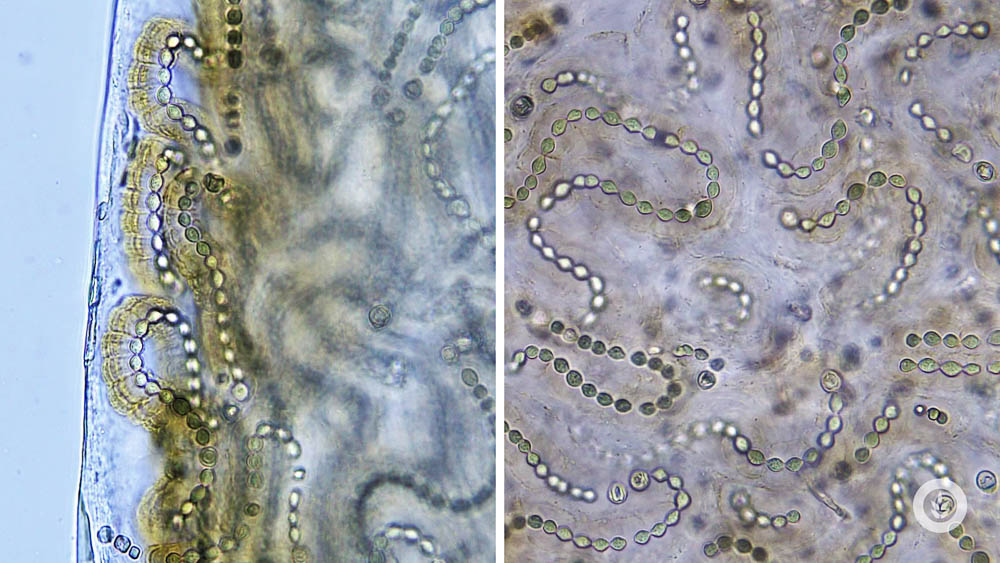
It's a colonial cyanobacterium, composed of multiple beaded chains of cells, all wrapped around on itself. It produces a bunch of mucilage around it. You’ll often see it looking like jelly balls out there, kind of weird jelly-looking stuff, hence those nicknames.
A Variety of Growing Conditions
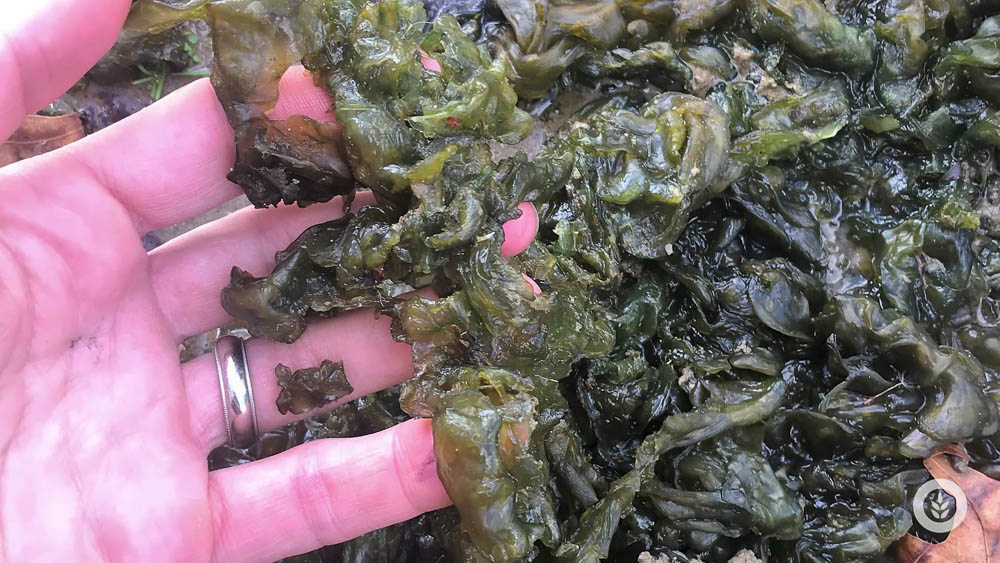
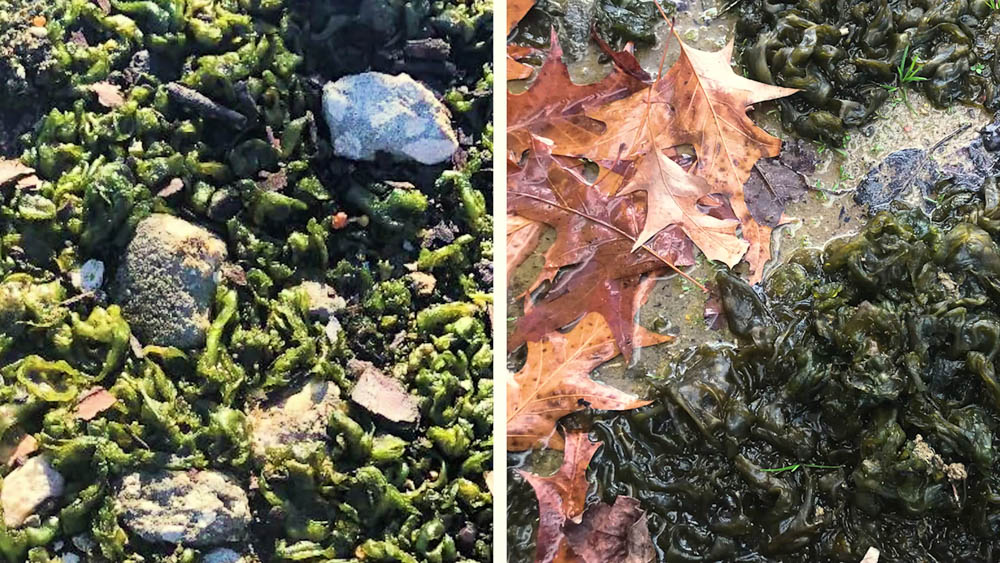
It can grow on moist soils, moist rocks, and even just wet places in your yard. It can definitely show up in standing bodies of water too, like lakes and ponds, and it can be a big nuisance in those settings. Also, it’s a really big nuisance in nurseries and greenhouses, and even turfgrass.
Tread Carefully
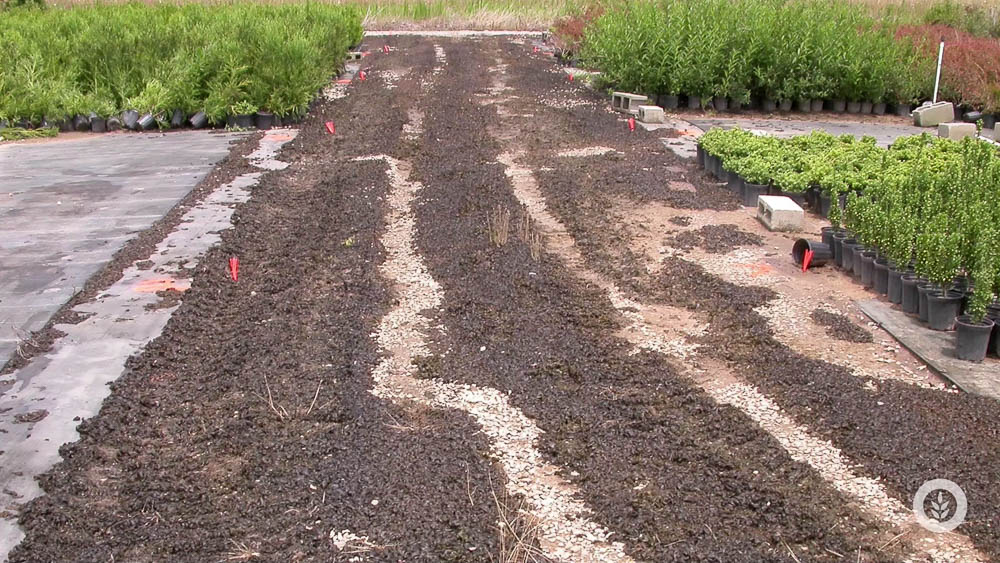
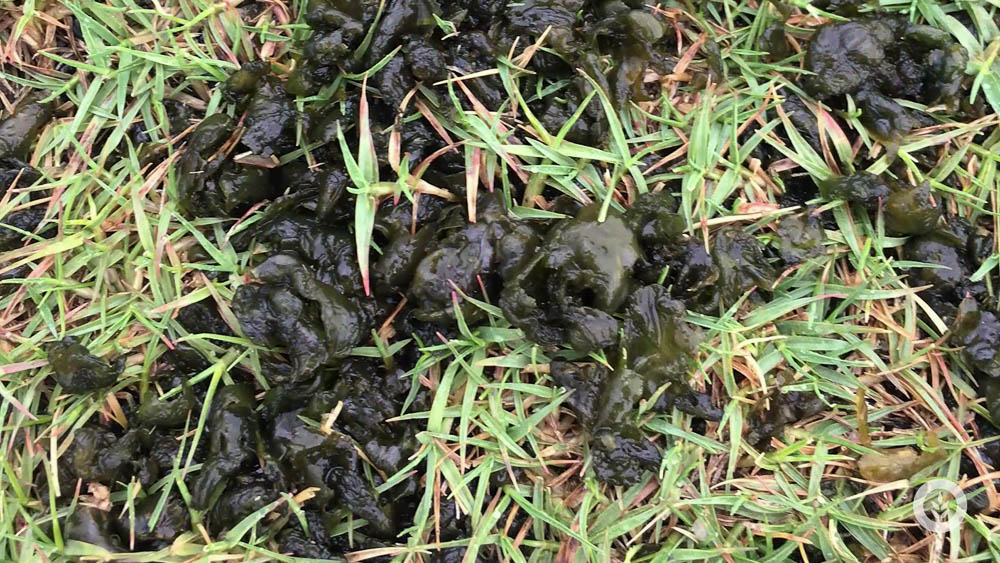
Nostoc can get really slippery to walk on, so keep an eye on it in those high traffic scenarios. You don't want people slipping on it, and it definitely needs to be cleaned up when it's growing in those high walkway areas. It may not be as slippery in dry conditions: when the sheath dries out, it will protect the algae under harsh conditions. When it gets hydrated, though, it can bounce right back, and that’s when it really gets quite slippery.
Nostoc as Food?
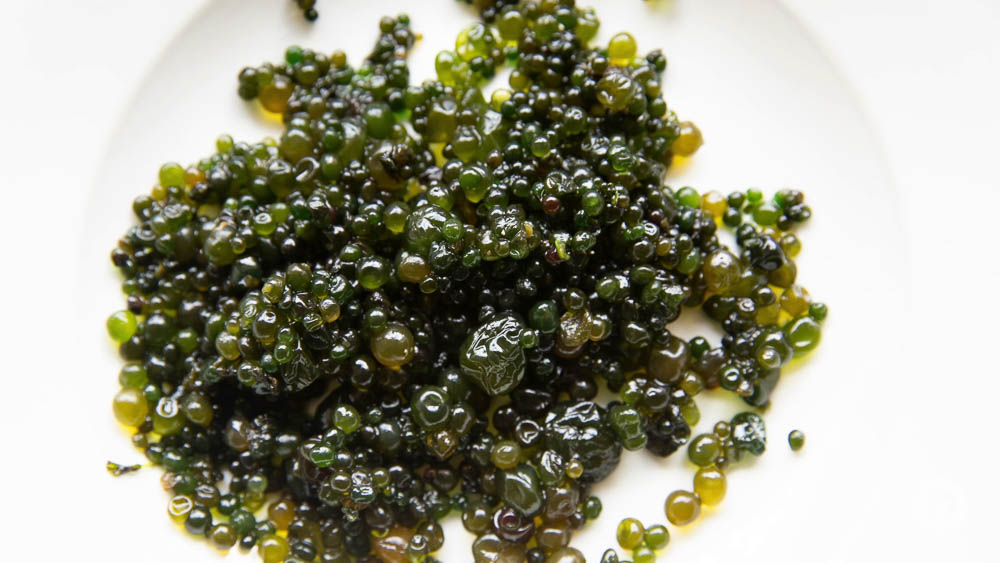
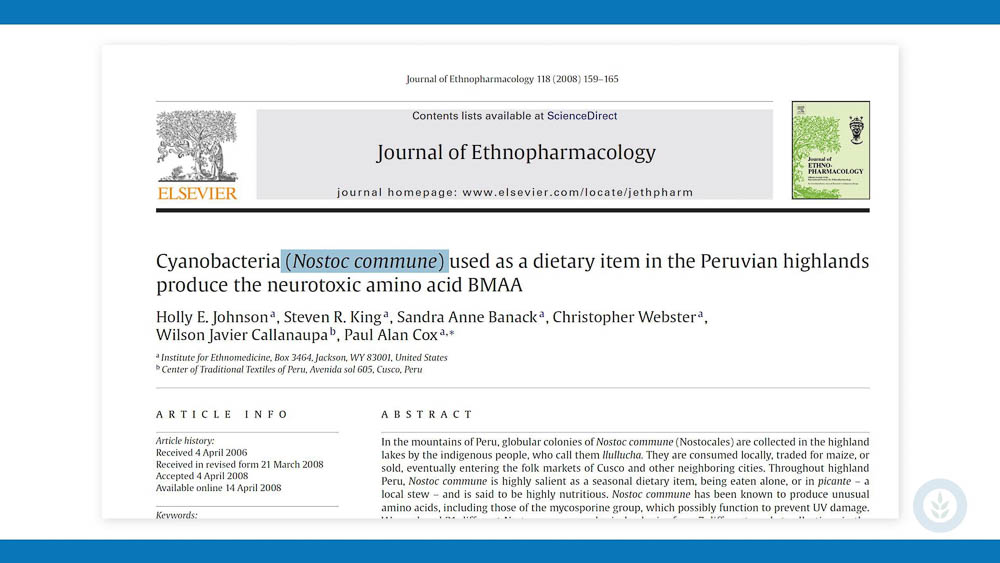
Now, in many countries, nostoc is used as a food item. I’m not sure that I’d want to put it on my salad, personally! They do have some neat, healthy properties, such as mycosporine-like amino acids that help protect against UV light. They also have drought stress proteins. But it’s important to be really, really careful with algae. I wouldn't eat nostoc, because even though it was initially thought not to be toxic, it has now been found to produce the neurotoxin BMAA. This has been linked to all sorts of neurological diseases. So I'd think twice, due to that reason alone.
In Summary
So remember: anywhere that stays wet, keep an eye out for this really cool colonial cyanobacterium called Witch’s Jelly and let us know if you need help taking care of it. We have some neat solutions to help you out. From all of us here, thanks for tuning in to today's episode of "Algae Corner!"

